Freshly baked and fragrantly teasing, the cake sits there, daring us to frost it too soon! But ah, sweet bakers, patience is our secret ingredient!
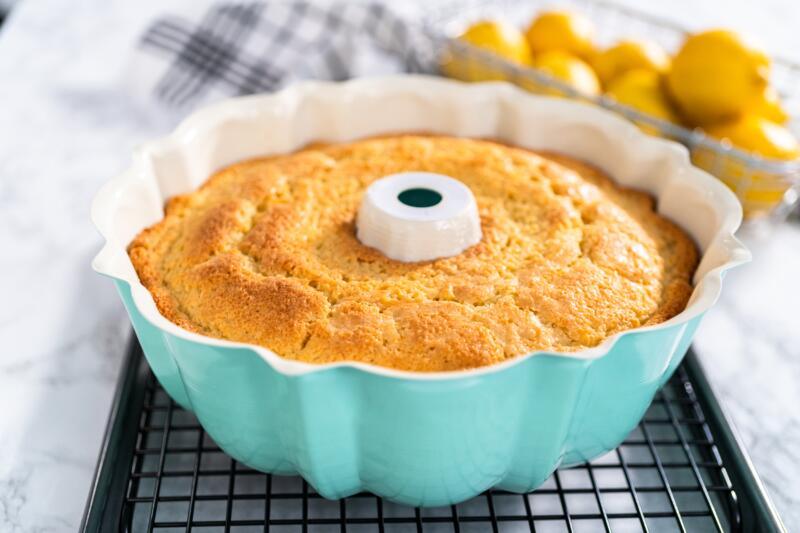
As much as we might want to dive right in with our frosting spatula or eagerly slice into its tender crumb, patience must prevail.
I’ve learned — sometimes through crumbly, melty missteps — that allowing a cake adequate time to cool is not just a pause in the process; it’s a crucial step toward ensuring each slice is neat, and every dollop of frosting stays put.
Let’s explore the essentials of cooling, ensuring every cake reaches its delicious potential, unmarred by the rush of impatience.
In this article:
Why Do We Cool Cakes?
Have you ever been so eager to frost your freshly baked cake that you jumped the gun and ended up with a melted, gooey mess?
We’ve all been there. The importance of cooling cakes cannot be overstated. It’s a crucial step in the baking process that often gets overlooked in the excitement of decorating and eating.
Even after taking the cake out of the oven, it continues to bake a bit more due to the leftover heat.
If you try to frost it too soon, the heat will melt the frosting, creating a less than appetizing look.
Moreover, a hot cake is fragile and crumbly, making it difficult to slice or handle.
Cooling allows the cake to firm up and the crumb to fully set, ensuring a smooth, attractive finish that’s ready for frosting or glazing.
The Science Behind Cooling Cakes
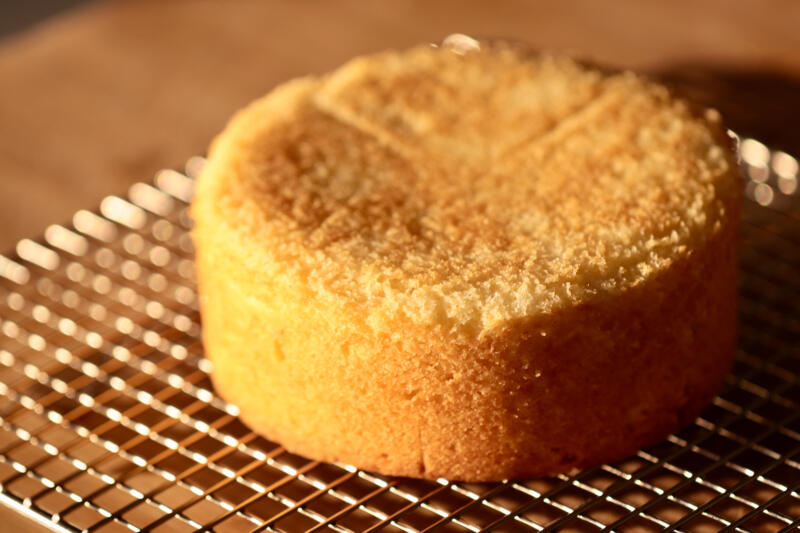
But what’s the science behind cooling cakes? Why does a hot cake behave so differently from a cooled one? The answer lies in the structure of the cake itself.
When you bake a cake, the heat causes the gluten proteins and starch in the flour to set, giving the cake its structure. As the cake cools, this structure becomes more firm and stable.
Sugar and eggs also play a crucial role in cake structure and texture.
Sugar absorbs moisture, keeping the cake moist, while eggs contribute to the cake’s structure.
When the cake cools, these ingredients help maintain the cake’s shape and moisture content, making it easier to handle and more enjoyable to eat.
Cooling Different Types of Cakes
Not all cakes are created equal, and different types of cakes require different cooling times and techniques.
For example, a light, airy sponge cake might cool more quickly than a dense, moist pound cake or a rich, heavy fruit cake.
Understanding the unique needs of each type of cake can help you avoid a crumbly disaster or a soggy bottom.
The Impact of Oven Type on Cooling Time
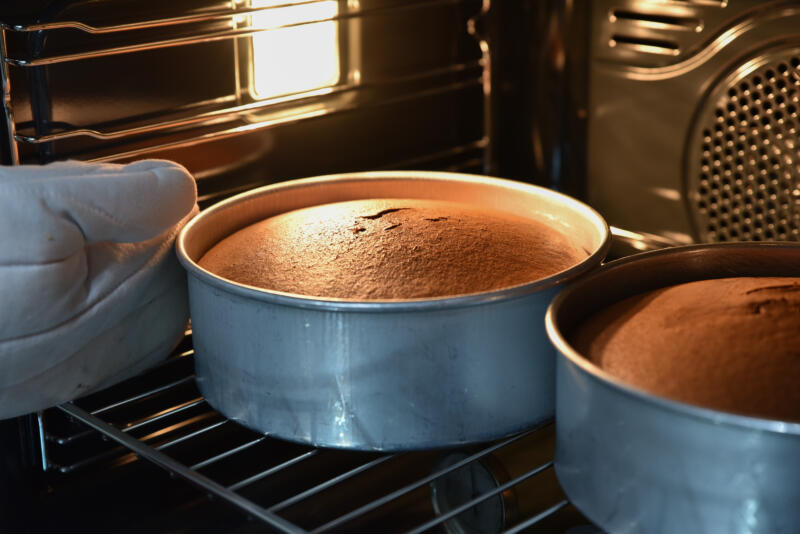
The type of oven you use can also affect the cooling time of your cake.
Conventional ovens, which cook food by surrounding it with hot air, might produce a cake that cools at a different rate than one baked in a convection oven, which uses a fan to circulate the hot air.
Knowing your oven and how it affects your baking can help you better judge when your cake is ready to come out of the pan and when it’s ready to frost.
Troubleshooting Common Cooling Problems
Even with the best of intentions, things can go wrong during the cooling process. Maybe your cake is sticking to the pan, or it’s sinking in the middle. Don’t panic! These common problems have simple solutions.
For a cake that’s sticking, try running a knife around the edge of the pan to loosen it.
If your cake is sinking, it might be underbaked or you might have opened the oven door too soon.
Next time, confirm your cake is fully baked by sticking a toothpick in the middle; if it comes out clean, it’s ready to go.
And remember, patience is a virtue in baking. Good things come to those who wait!
Preparing the Cake for Cooling
Once your cake is out of the oven, the cooling process begins.
This stage is just as important as the baking itself, and it involves a few crucial steps to ensure your cake cools properly and maintains its structure and texture.
Placing the Cake on a Wire Rack
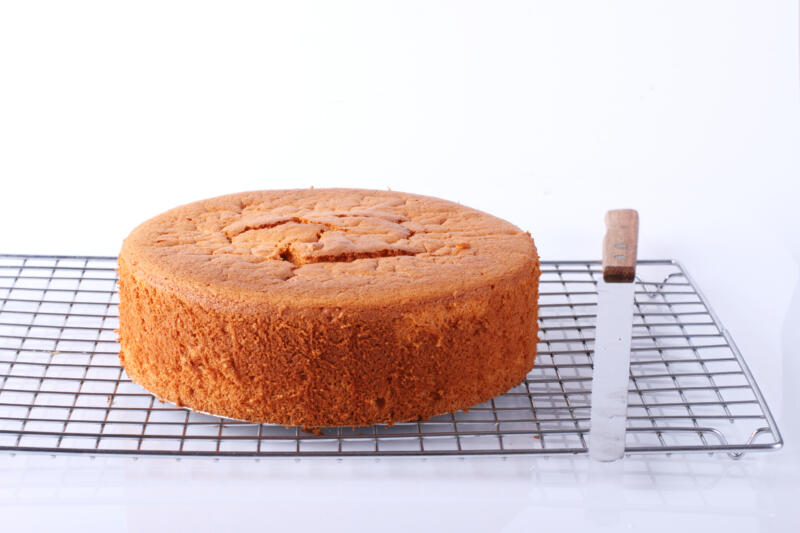
The first step in cooling your cake is to transfer it from the hot baking pan to a wire rack. This might seem like a small detail, but it’s a game-changer for achieving a perfectly cooled cake.
A wire rack allows air to circulate around the entire cake, promoting even cooling and preventing the bottom from getting soggy.
To do this, simply run a knife around the edge of the pan to loosen the cake, then flip the pan over onto the rack. Handle the cake with care to prevent any cracks or breaks.
Allowing the Cake to Cool Down for a Couple of Hours
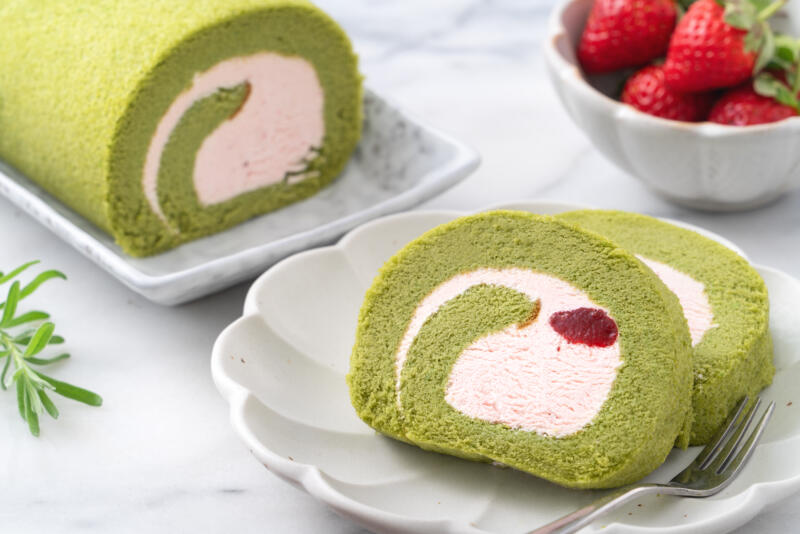
Patience is key when it comes to cooling cakes. It’s tempting to jump right into frosting, but allowing the cake to cool down for a couple of hours is crucial.
This cooling time allows the proteins and fats in the cake to firm up, resulting in a more stable and less crumbly texture.
It also makes the cake easier to handle and less likely to fall apart when you start to frost or slice it.
Covering the Cake with Plastic Wrap or Foil
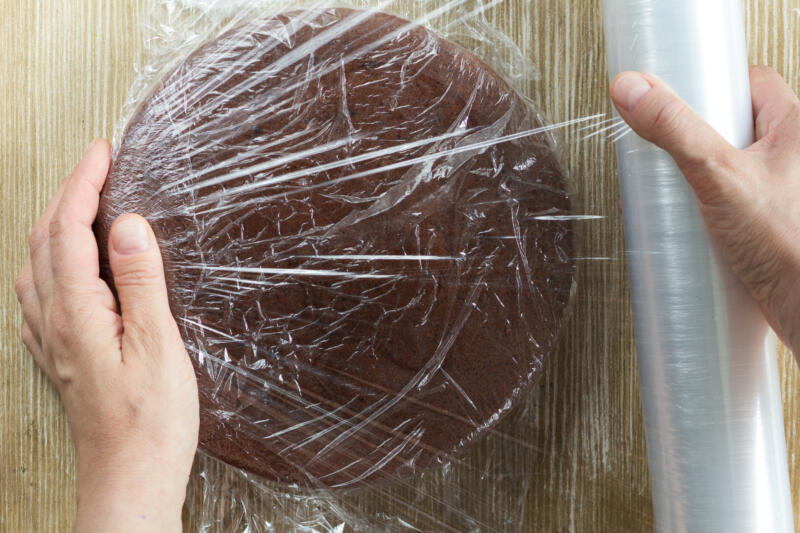
Once your cake is completely cool, it’s time to protect it. Covering the cake with plastic wrap or foil helps to prevent it from drying out. However, it’s crucial to wait until the cake is cool to the touch before covering it.
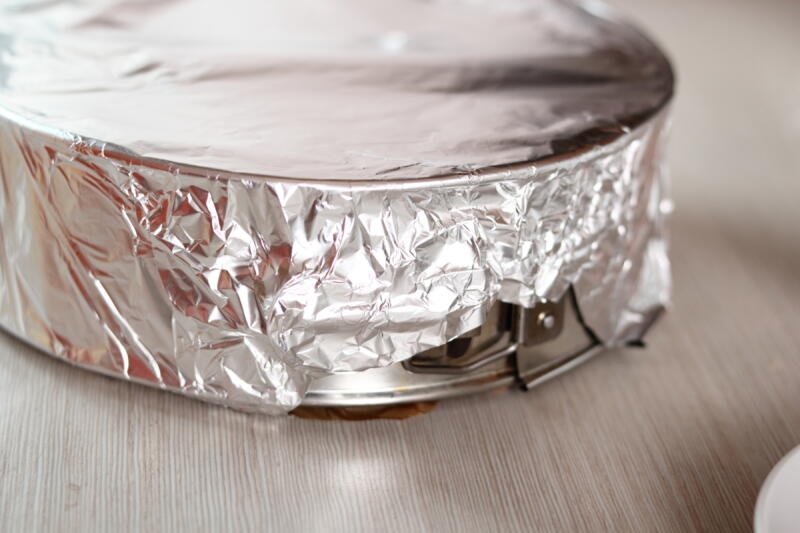
Covering a warm cake can trap heat, causing condensation and potentially leading to a soggy dessert.
To cover the cake, simply wrap it tightly with plastic wrap or foil, making sure to cover the entire surface. This will keep your cake fresh and moist until you’re ready to frost and serve it.
How Long Does it Take to Cool a Cake?
The cooling time of a cake can vary greatly depending on several factors. Knowing these details helps you gauge how long your cake needs to cool.
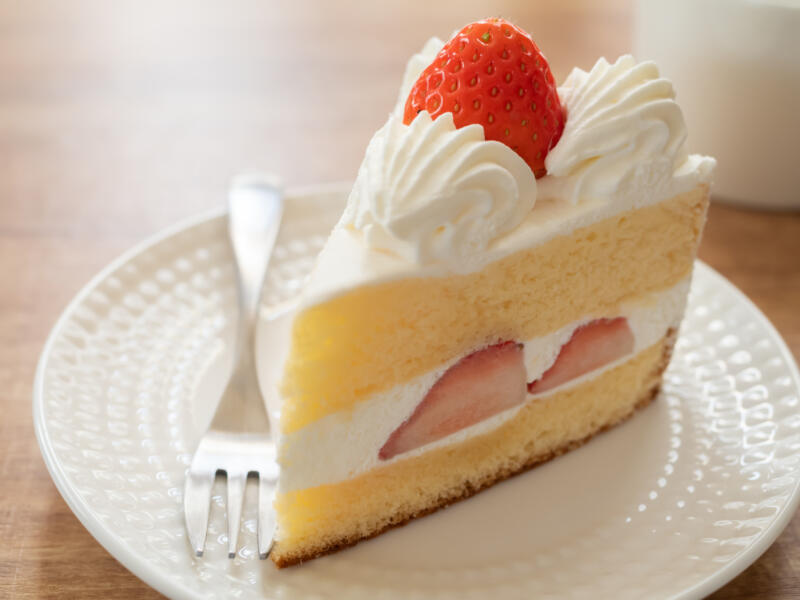
Hot Cakes vs. Warm Cakes
Firstly, it’s important to distinguish between a hot cake and a warm cake. A hot cake is fresh out of the oven and too delicate to handle or frost.
A warm cake, on the other hand, has had some time to cool and firm up, but it’s still not ready for frosting.
The transition from hot to warm usually takes about 20-30 minutes.
However, the cake should ideally cool down to room temperature before frosting, which can take a couple of hours or more depending on the size and type of cake.
Unfrosted Cakes vs. Frosted Cakes
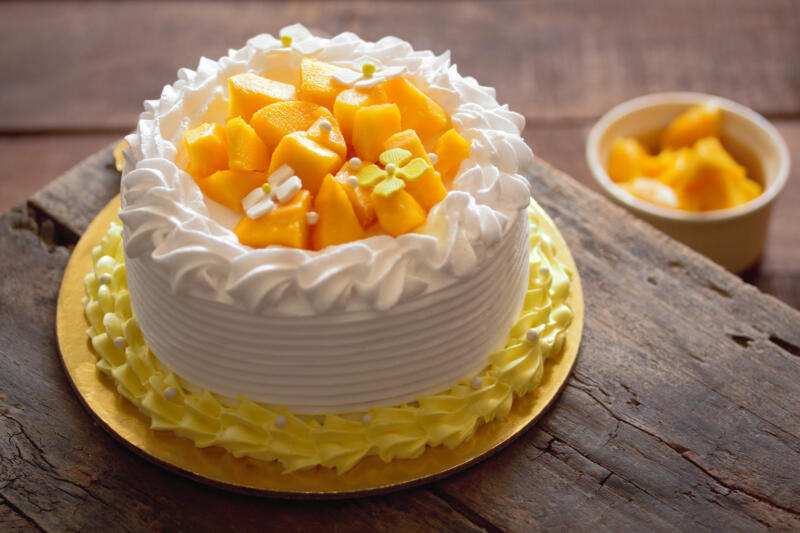
The cooling times can differ significantly between unfrosted and frosted cakes. An unfrosted cake needs to cool completely before frosting, which can take anywhere from 2-4 hours.
On the other hand, a frosted cake needs additional time to set the frosting, which can take an additional 1-2 hours.
Frosting a warm cake can lead to a melty mess, so patience is key here.
Factors that Influence Cooling Time
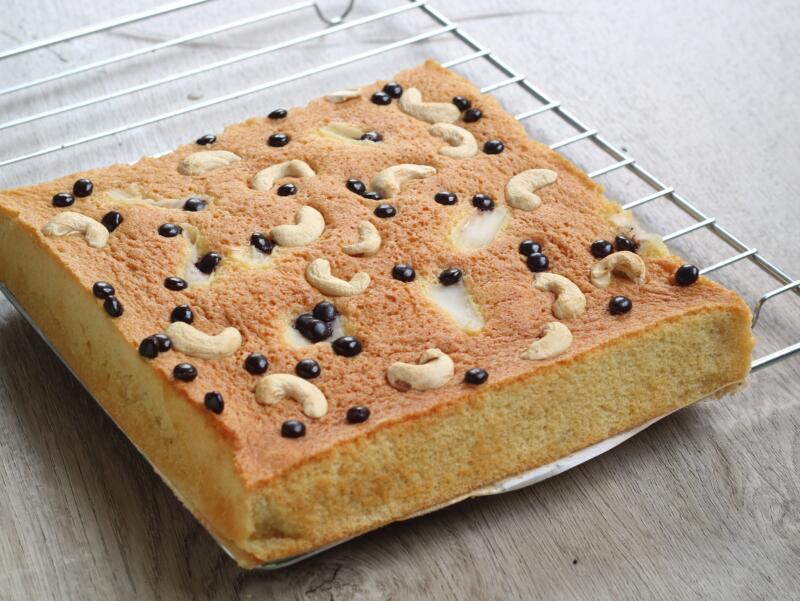
Several factors can influence the cooling time of a cake.
The size of the pan used and the thickness of the batter can greatly affect how long it takes for a cake to cool.
Larger cakes or cakes baked in thicker pans will take longer to cool than smaller cakes or cakes baked in thinner pans.
Understanding these factors can help you better estimate your cake’s cooling time.
The Impact of Ambient Temperature and Humidity on Cooling
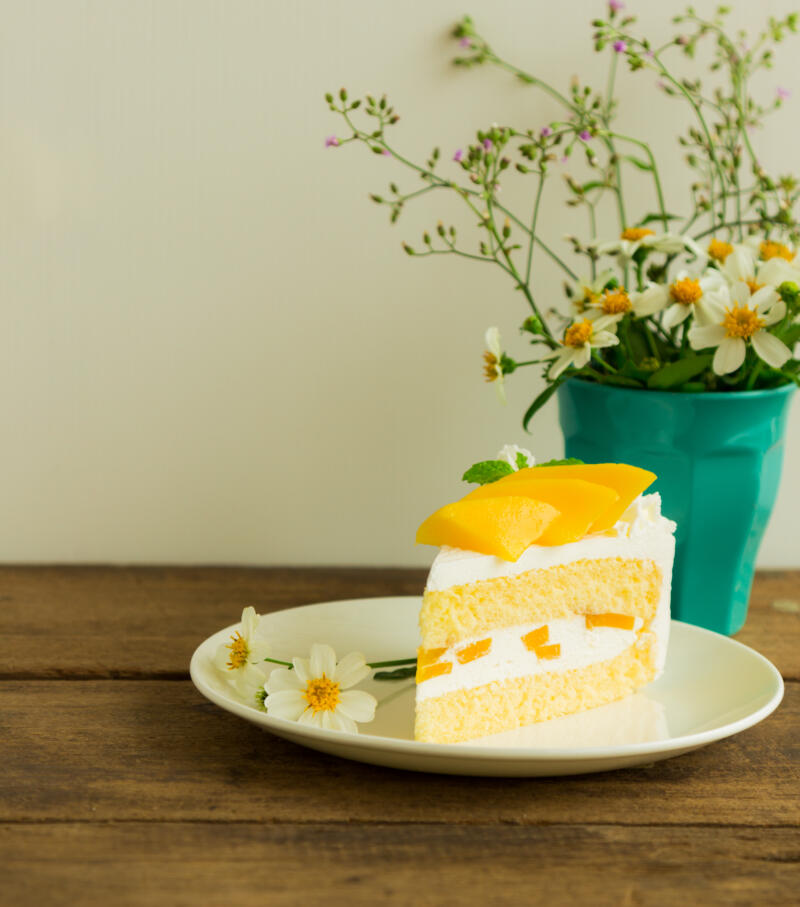
The temperature and humidity of the room where the cake is cooling can also affect the cooling process.
A warmer room might make the cake take longer to cool, while a cooler room could speed up the process.
Similarly, high humidity can slow down the cooling process, while low humidity can speed it up.
Tips and Tricks for Cooling Cakes Faster
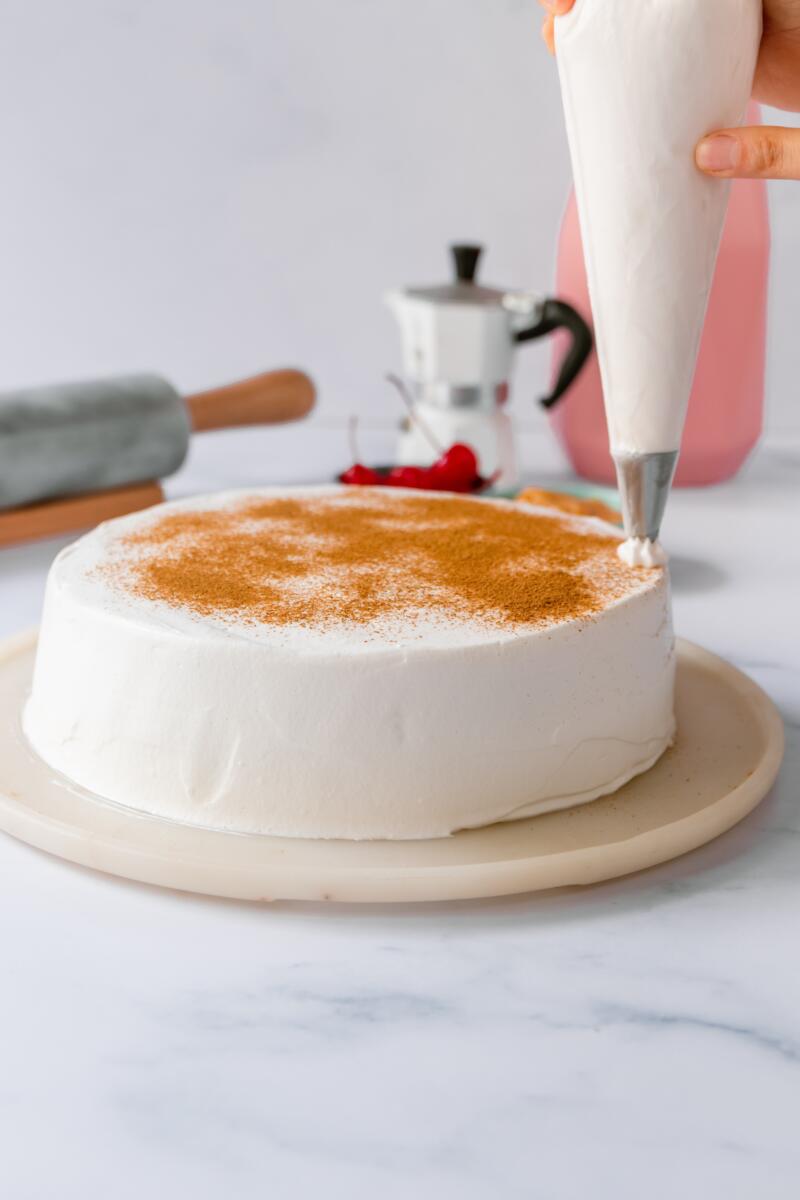
While patience is a virtue in baking, sometimes we just need our cakes to cool down a bit faster.
Whether you’re in a rush or simply can’t wait to start decorating, here are a few tips and tricks to speed up the cooling process.
Using a Cold Flour Sack Towel
One method to cool your cake faster is to use a cold flour sack towel.
Simply dampen the towel, wring out the excess water, and place it in the refrigerator to chill.
Once cold, wrap the towel around the cake pan. The cold towel will help draw out the heat, speeding up the cooling process.
Just be sure to keep an eye on your cake to prevent it from getting too cold and drying out.
Using Ice Packs
Another trick to cool a cake faster is to use ice packs.
Place a few ice packs on a flat surface and set your cake pan on top of them. The cold temperature from the ice packs will help to quickly cool the cake.
However, be cautious not to make the cake too cold as this could potentially dry out the cake.
When Should You Start Decorating Your Cake?
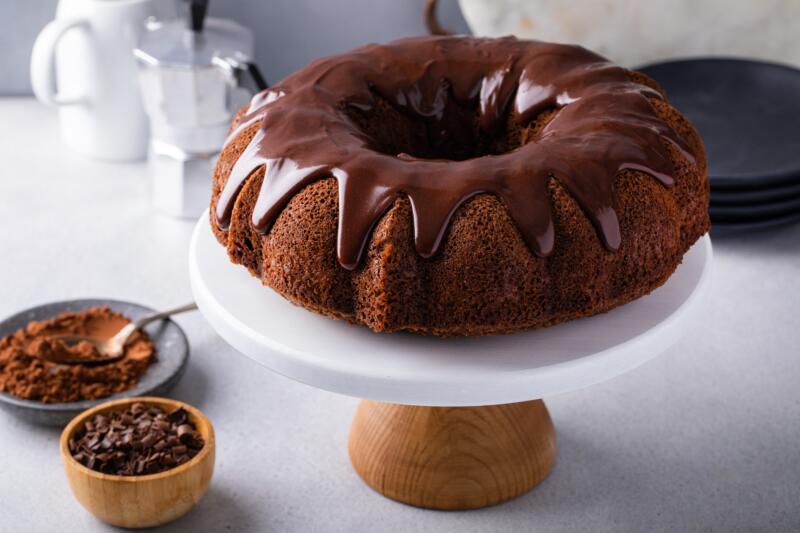
The ideal time to start decorating your cake is when it has completely cooled. This prevents the frosting from melting and ensures a smooth and attractive finish.
Keep in mind that different cakes need their own sweet time to cool, so plan your baking day accordingly!
Once cooled, the cake should be properly stored before decorating.
Different types of frosting may react differently to the temperature of the cake, so it’s important to consider this when choosing your frosting.
Storing Your Cooled Cake Properly
The storage method largely depends on the type of frosting and the overall stability of the cake.
1. Buttercream Frosted Cakes
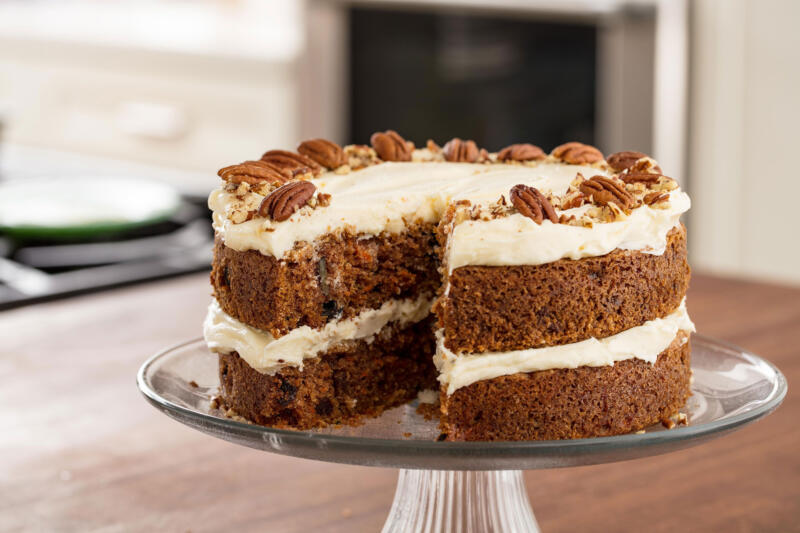
Cakes frosted with American buttercream (which is typically quite high in sugar and can be stable at room temperature) can often be stored at room temperature for a few days, provided the room is cool and the cake is stored in a cake carrier or similar to protect it from contaminants and drying out.
2. Cream Cheese, Whipped Cream, or Custard-Based Frostings
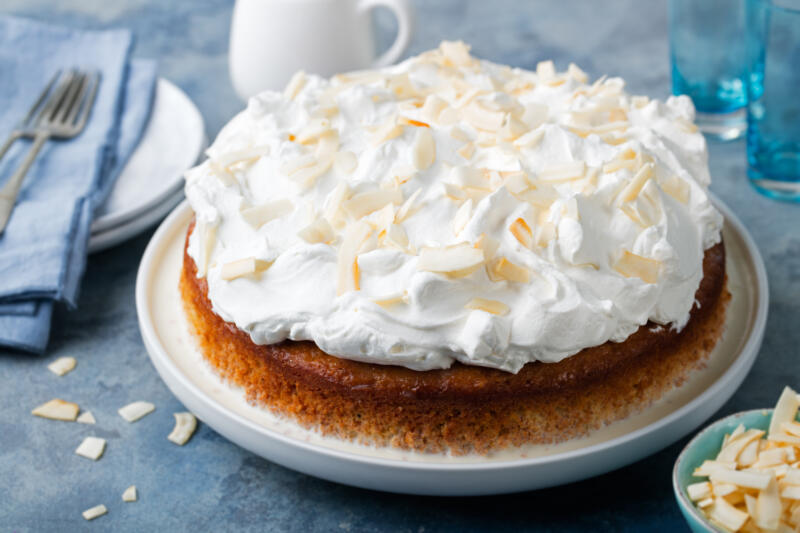
Cakes with these types of frostings should always be refrigerated due to their perishable nature.
3. Environmental Factors
If you are in a hot or humid climate, it’s generally best to store the frosted cake in the fridge to prevent melting or spoilage.
In general, always consider the type of frosting and filling, and when in doubt, refrigerate, especially if the cake contains perishable ingredients.
If you do refrigerate, consider placing the cake under a cake dome to protect it from absorbing any fridge odors and to maintain freshness.
Final Thoughts
The journey we’ve taken from whisking batter to awaiting the gentle fall of a perfectly cooled cake underscores a crucial baking truth: time is indispensable.
Allowing our cakes to cool isn’t merely a pause; it’s a pledge to perfection, ensuring every slice falls neatly, and every frost graces gracefully.
By learning how to cool cakes properly, understanding different kinds of cakes, and perfecting our preparation techniques, we make our baked treats taste even better and become truly special.
Take it slow, let that cake cool, and nail the perfect slice every time!